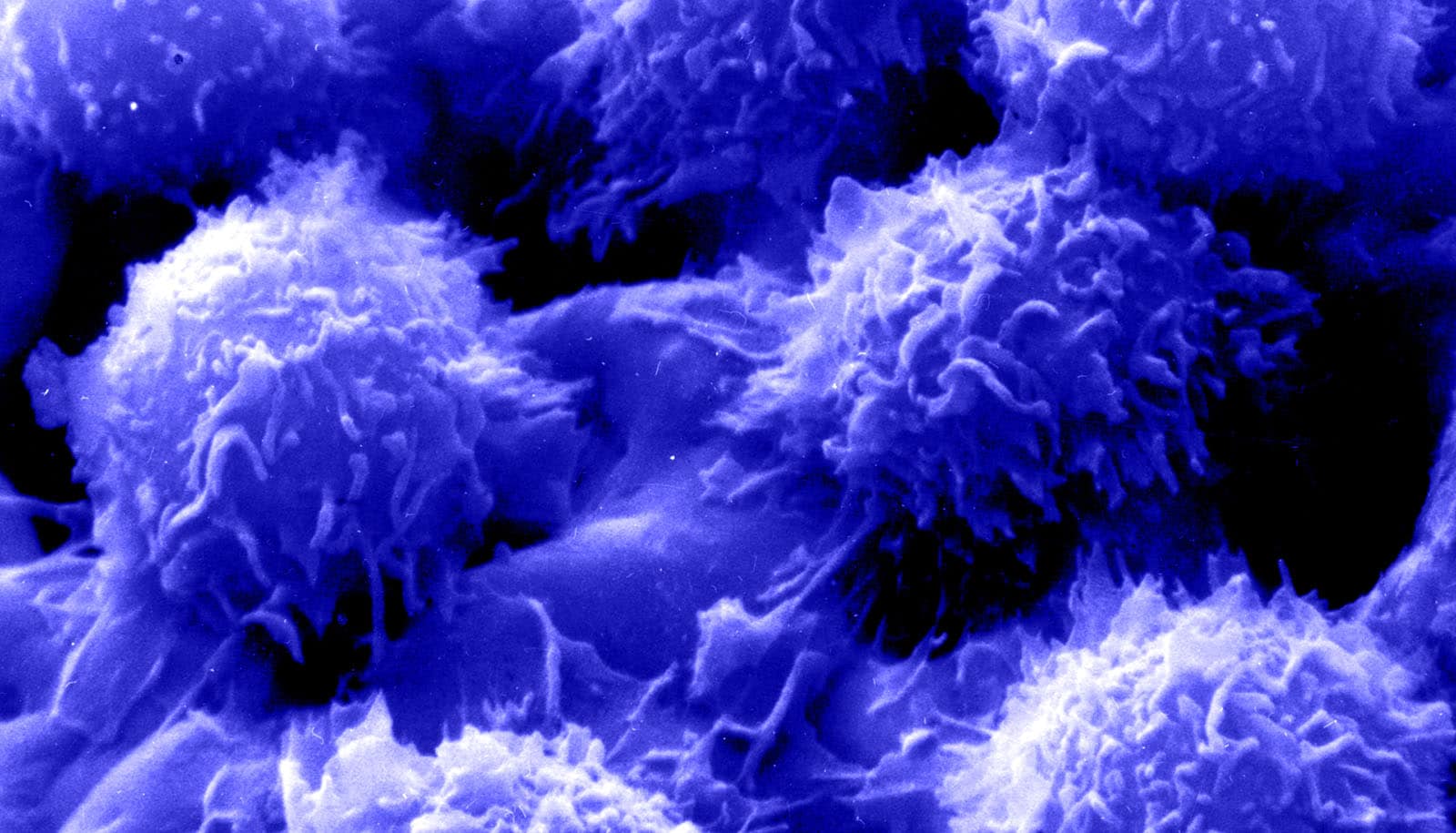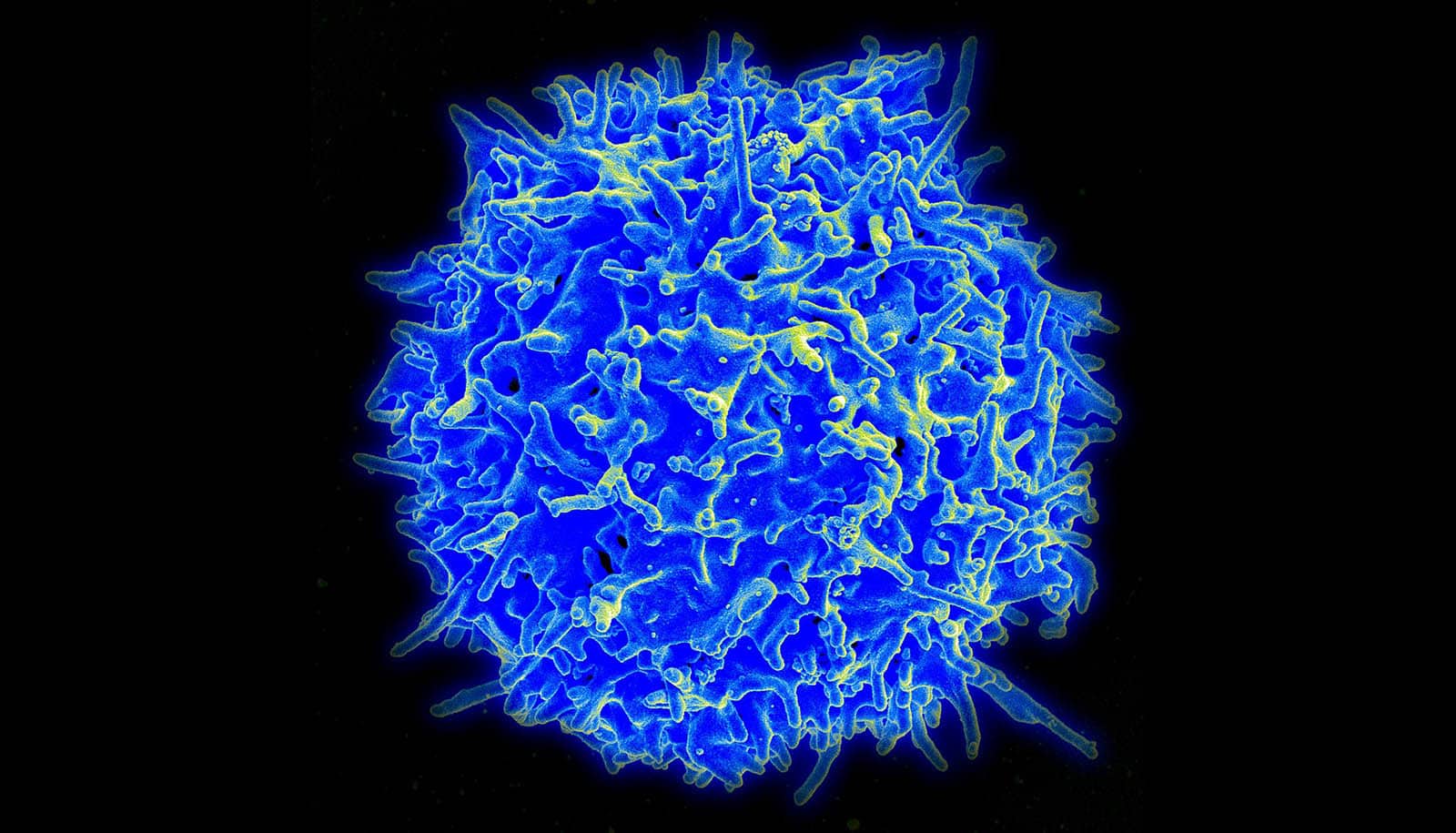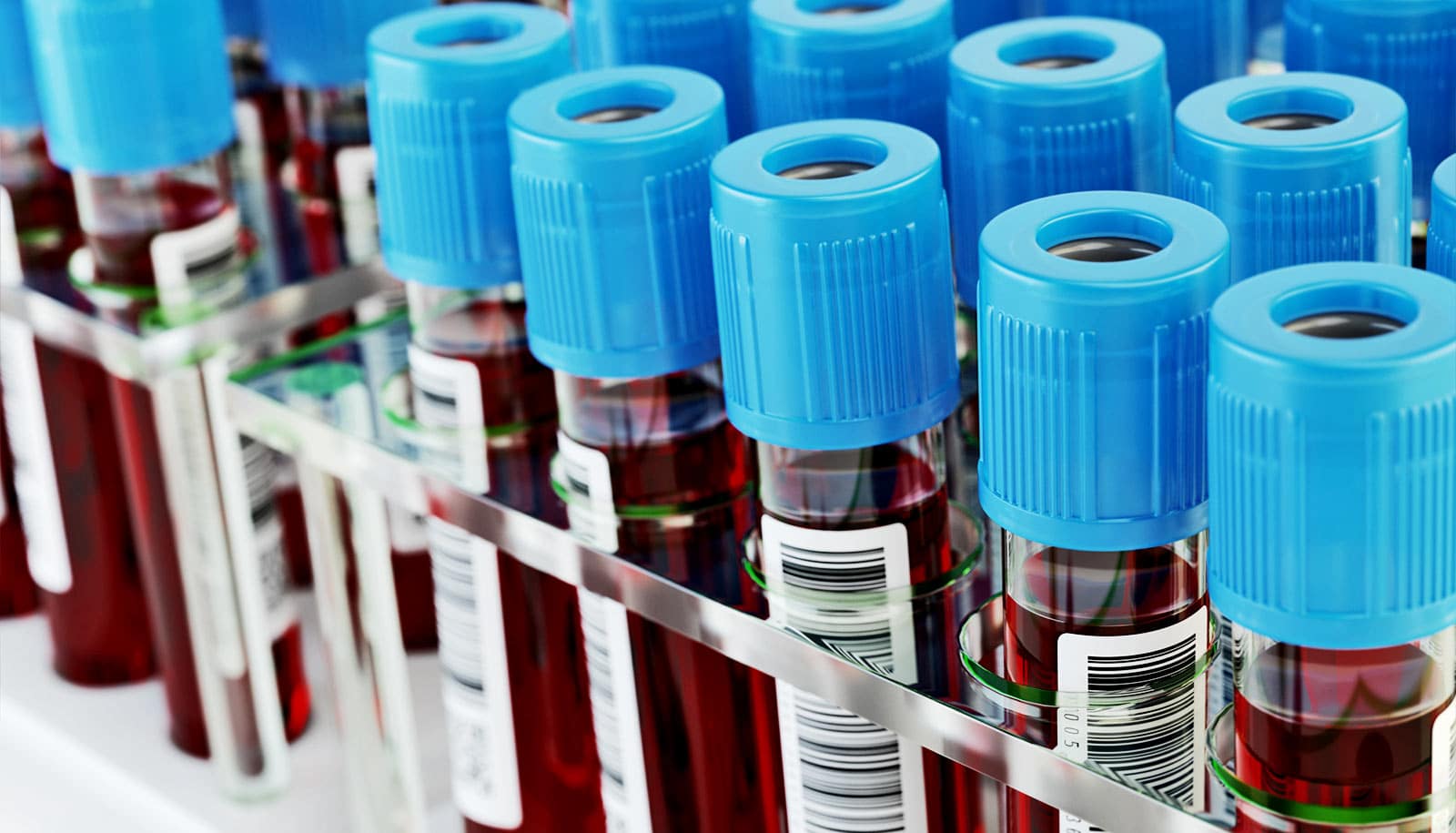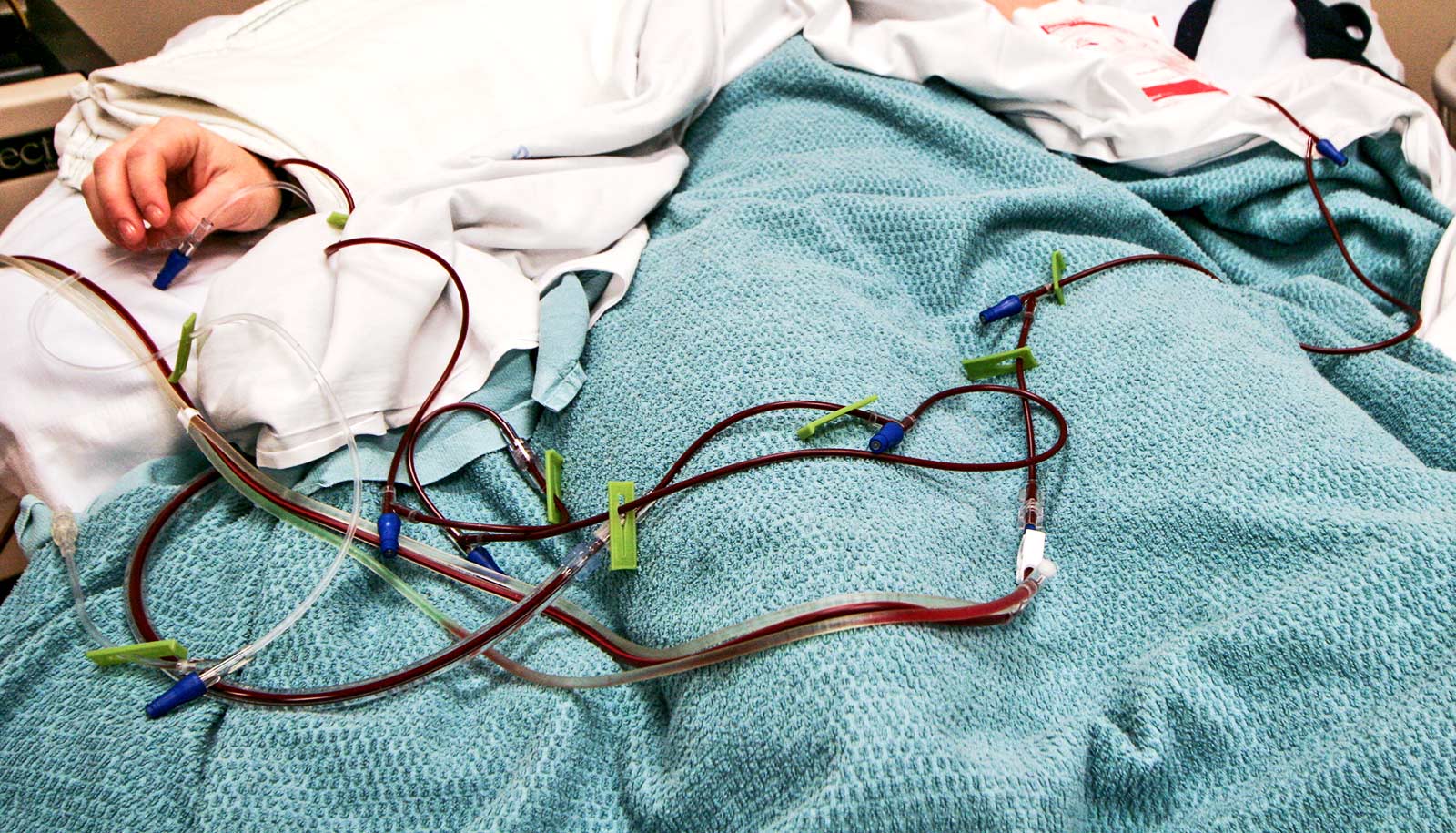A new microchip-like device can reliably model changes in the bone marrow as leukemia takes root and spreads, data show.
Ben Frisch, assistant professor of pathology and laboratory medicine and biomedical engineering at the University of Rochester’s Wilmot Cancer Center, and colleagues have been building what is known as a modular bone-marrow-on-chip to enhance the investigation of leukemia stem cells.
The tiny device recapitulates the entire human bone marrow microenvironment and its complex network of cellular and molecular components involved in blood cancers.
Similar tissue-chip systems lack two key features of Frisch’s product: osteoblast cells, which are crucial to fuel leukemia, and a readily available platform.
That Frisch’s 3D model appears in Frontiers in Bioengineering and Biotechnology and is not a one-off fabrication will allow others in the field to adopt a similar approach using the available microfluidics system, he says.
Often when scientists study leukemia in the lab, they are limited to human or mouse cells and not able to see the bigger picture of how disease develops, says first author Azmeer Sharipol, graduate student in biomedical engineering. “We hope that by modeling the bone marrow niche, we will gain a better understanding and be able to discover potential therapeutic targets.”
The researchers plan to use the chip to quickly evaluate how human leukemia cells respond to drug treatment. At this point, Frisch and Sharipol have shown proof of principle that the pre-clinical 3D model is a cost-effective tool for rigorous analysis of bone marrow cells in the laboratory.
Leukemia has an overall five-year survival rate of less than 30% and often afflicts older people. Aging blood systems, bone marrow failure, and other health issues place older adults at a greater risk of cancer.
Source: University of Rochester



